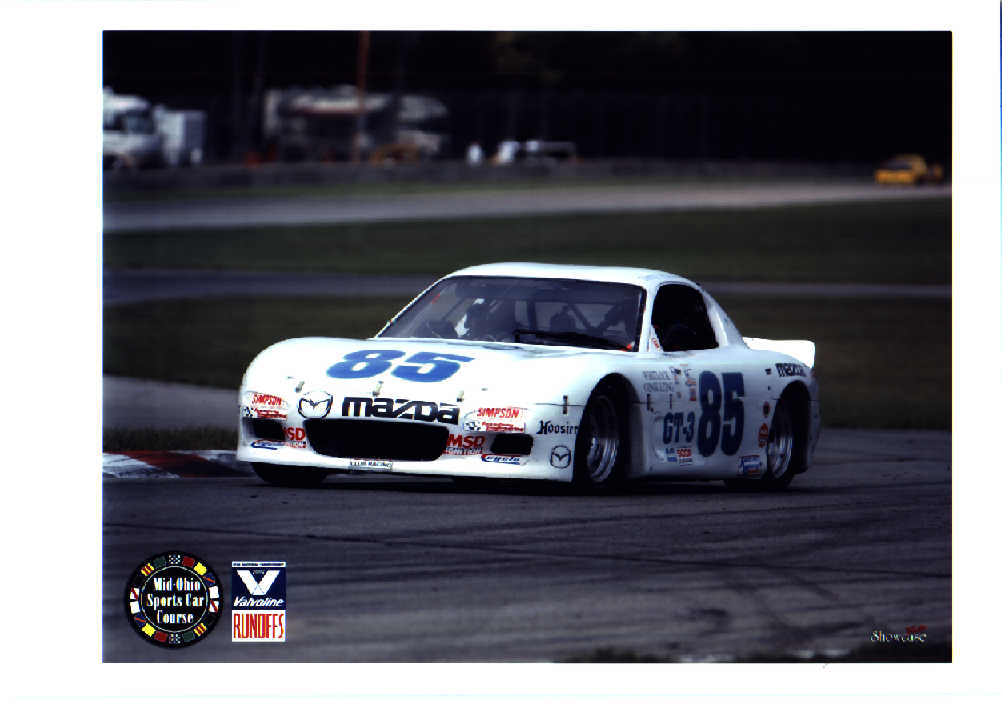|
|
In a message dated 11/28/2002 1:11:31 AM US Eastern Standard Time,
lors01@msn.com writes:
> While I've been playing with the cooling system measurements, I decided to
> look into a nagging symptom that I've had since building the airplane. The
> cooling system has never remained completely topped off and seemed to loose
> a small amount of coolant (~ 2 oz) on every flight. This didn't seem to be
> a problem because the cooling system works OK until its about two quarts
low
> and I check and top off the system long before that happens.
>
> I have a one quart overflow bottle which is about the only size the
> aftermarket brands offer (I used Moroso) so I assumed this was adequate for
> any installation. To test this, I ran the hose from the overflow port on
> the overflow bottle to the cockpit and connected it to a second bottle.
> Sure enough, when the engine got up to full operating temperature, the hose
> puked a couple of ounces into the second bottle. When the engine cooled
to
> room temperature, it recovered all the coolant in the first bottle then
> sucked in a bit of air.
>
> Moral of the story: Use a coolant recovery bottle larger than 1 quart. I
> just installed a 1.5 liter bottle. Will flight test this setup tomorrow.
>
> I also noticed that cooling was noticeably better when the system was
> completely full of liquid with absolutely no air in it. Even a few ounces
> worth of air in the system caused the coolant temp to go up about 5 - 7
> degrees. The amount of air did not seem to affect it much. Anything from 3
> oz to 60 oz of missing coolant has the same effect on temperature. I don't
> know the exact cause of this temp increase. More than 60 oz missing causes
> the temps to rise rapidly (I think the pump starts sucking air at this
> level).
>
> Tracy Crook
> tcrook@rotaryaviation.com
> www.rotaryaviation.com
>
I have a recovery bottle from an RX-2 connected between the water outlet and
the radiator. Once I have heat cycled the engine a few times, I keep adding
coolant until I have the bottle 1/4 full. After that there is no loss of
fluid. I have a catch tank connected to the outlet on the RX-2 bottle but it
never gets anything in it. I have the hose connection to the catch tank near
the top so it cannot recover any dumped coolant. This way I can look into the
catch tank and be sure all is well without opening my pressurized system. I
have a Shrader valve installed in the RX-2 recovery bottle so that I can
pressurize the coolant before I start the engine. The Stant 16 pound lever
cap on the recovery bottle will hold pressure for weeks on end so long as the
cap and seat are in good condition. The coolant pressure inside the engine
will be dependent on a number of conditions in the coolant loop. The pumps
are oversized so as to perform well in the worst case situation.
Unrestricted, the pump can circulate an enormous amount of coolant through
the system. If there is no thermostat or restrictor in the exit from the
block, there will be high flow rate and the radiator(s) will be the
restriction. High pressure will exist between engine out and radiator in. The
top hoses will be very hard at full RPM. The suction side of the pump my drop
below 1 bar and some cavitation may occur. Dissolved gasses may be liberated
on the suction side of the pump and may not be reentrained quickly on the
pressure side. Then you have a bit more pressure than your pressure cap will
contain. On shutdown, the gasses are reabsorbed and all is well, less the
small amount dumped into your catch tank. The pressure generated by the pump
can be well above what even a 22 pound racing cap can contain. So, the
location of the connection between the system and the recovery bottle can
cause a problem. Between the engine and the radiator will be the highest
pressure in the system. It is also the most popular location for this
connection. As in the case where a car radiator has the pressure cap on the
radiator tank. But cars have thermostats in them. In addition to being a
temperature actuated valve, a thermostat is also a restrictor. A sharp edged
hole with a sharp edged disc hovering above it. Very bad for flow. So even
when wide open it creates a terrible flow restriction that raises the
pressure in the block, (all good news) and lowers pressure in the upper
radiator hoses and in most cases pressure going to the recovery bottle. (more
good news).
I do run a thermostat in cool weather. I have a plate welded over the water
outlet casting on top of the water pump. All of the water that cools my race
engine must pass through a 5/8" sharp edged hole in this plate. My connection
to the recovery bottle is down stream from the 5/8" restriction. I have no
cooling problems at all since I started racing rotaries in 1980. My engine
does not overheat and does not dump coolant into my catch tank. My recovery
bottle has a 16 pound Stant lever cap.
For airplane use I would go to 22 pounds just to be sure.
Lynn E. Hanover

RunoffsRH_WEB.jpg
|
|